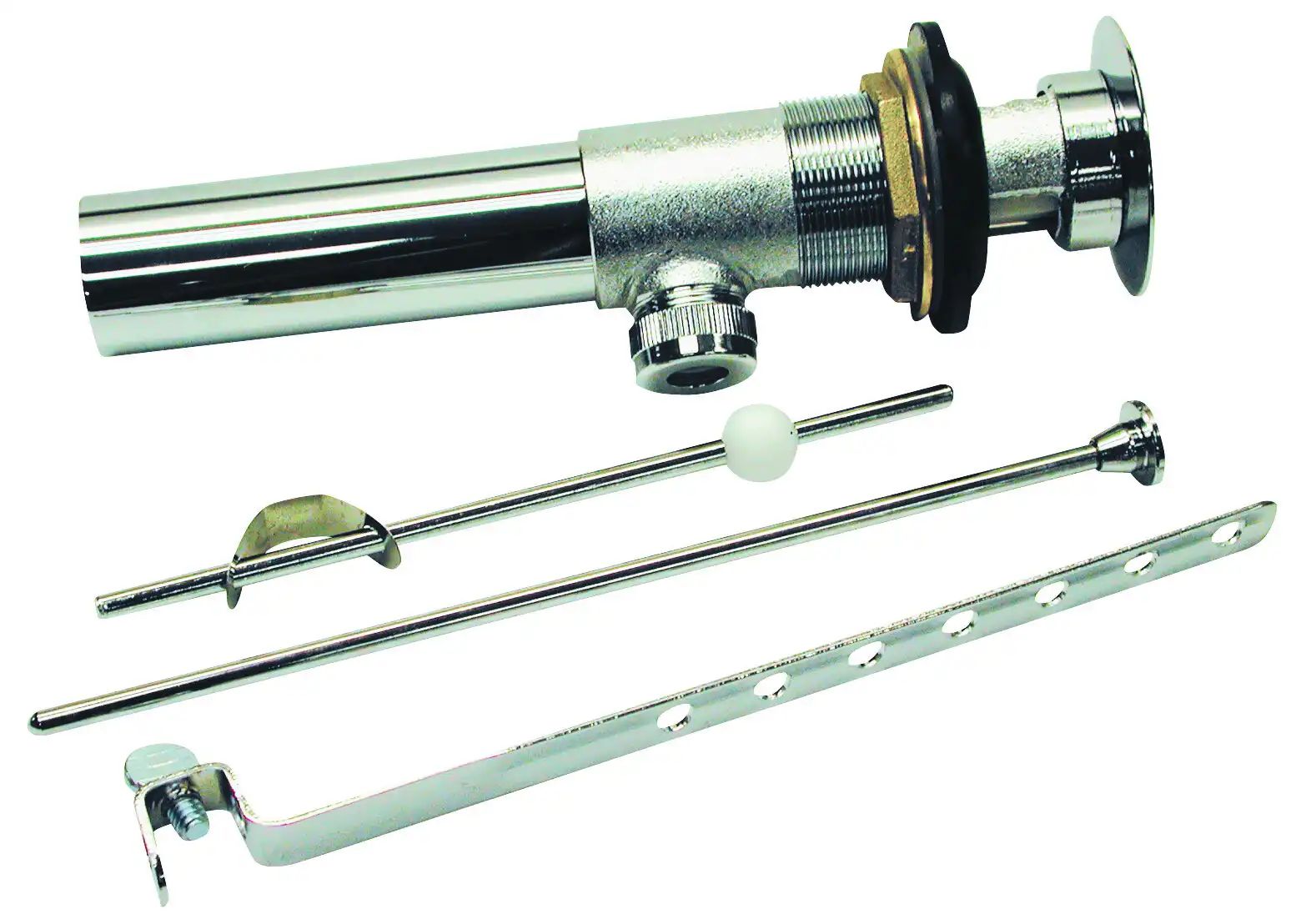Sink Drain
The sink drain is an essential part of any bathroom sink. It is responsible for draining water from the sink and keeping it clean and hygienic. The sink drain is typically located at the bottom of the sink and can be opened or closed to allow water to flow or stop it from draining. It is also known as the sink waste or sink flange. Some common types of sink drains include push-pull, lift and turn, and pop-up drains.
Sink Stopper
The sink stopper is a small but crucial component of the sink drain. It is responsible for stopping water from draining out of the sink when closed and allowing it to flow when opened. Sink stoppers are available in various designs, including rubber stoppers, pop-up stoppers, and grid-style stoppers. They are usually attached to the sink drain with a screw or clip and can be easily removed for cleaning or replacement.
Sink Plug
The sink plug is another name for a sink stopper. It is a small device that fits into the sink drain and is used to stop water from flowing out of the sink. Sink plugs are usually made of rubber or plastic and come in various shapes and sizes to fit different types of sink drains. They are essential for filling up the sink with water for tasks such as washing your face or shaving.
Sink Strainer
The sink strainer is a small device that is placed over the sink drain to catch any debris or food particles that may clog the drain. It is typically made of metal or plastic and has small holes that allow water to pass through while trapping larger particles. Sink strainers are easy to remove and clean, making them an essential part of maintaining a clean and functional bathroom sink.
Sink Flange
The sink flange is the part of the sink drain that is visible from the top of the sink. It is usually made of metal and is responsible for holding the sink drain in place. Sink flanges are available in different finishes to match the sink and can also be decorative, adding a touch of style to the sink area. They are typically attached to the sink with screws and can be easily replaced if needed.
Sink Basket
The sink basket is a small basket that fits inside the sink drain and is used to catch any debris or food particles that may clog the drain. It is typically made of metal and has small holes that allow water to pass through while trapping larger particles. Sink baskets are usually attached to the sink drain with a screw or clip and can be easily removed for cleaning.
Sink Tailpiece
The sink tailpiece is a pipe that connects the sink drain to the P-trap. It is usually a straight pipe and is responsible for carrying all the waste water from the sink to the P-trap. Sink tailpieces are available in different lengths to fit different sink heights and can be easily adjusted if needed. They are typically made of metal and can be easily replaced if damaged.
Sink P-Trap
The sink P-trap is a U-shaped pipe that is responsible for preventing odors and gases from entering the bathroom through the sink drain. It is usually located under the sink and connects the sink tailpiece to the main drainpipe. Sink P-traps are essential for maintaining proper hygiene in the bathroom and can be easily removed for cleaning if needed.
Sink Pop-Up Assembly
The sink pop-up assembly is a mechanism that allows the sink stopper to be opened or closed by pulling or pushing a lever on the faucet. It is typically located at the back of the sink and is connected to the sink drain with a rod. Sink pop-up assemblies are available in various designs and can be easily replaced if damaged or worn out.
Sink Overflow Cover
The sink overflow cover is a small opening located near the top of the sink and is responsible for preventing the sink from overflowing. It allows excess water to drain out of the sink if the water level gets too high. Sink overflow covers are usually made of metal or plastic and can be easily removed for cleaning or replacement.
Bathroom Sink Parts Names: A Guide to Understanding Your Bathroom Fixtures

Introduction
 When it comes to designing a house, one of the most important rooms to consider is the bathroom. A well-designed bathroom not only adds value to your home, but it also creates a relaxing and functional space for everyday use. A key element in any bathroom design is the sink, and understanding the different
bathroom sink parts names
is crucial in creating a functional and aesthetically pleasing space. In this article, we will guide you through the various components of a bathroom sink and their functions, helping you to make informed decisions when designing your dream bathroom.
When it comes to designing a house, one of the most important rooms to consider is the bathroom. A well-designed bathroom not only adds value to your home, but it also creates a relaxing and functional space for everyday use. A key element in any bathroom design is the sink, and understanding the different
bathroom sink parts names
is crucial in creating a functional and aesthetically pleasing space. In this article, we will guide you through the various components of a bathroom sink and their functions, helping you to make informed decisions when designing your dream bathroom.
The Basin
 The basin, also known as the bowl or
sink
, is the main component of a bathroom sink. It is the part of the sink where water is collected and drained. Basins come in various shapes, sizes, and materials, from traditional ceramic to modern glass and even stone. When choosing a basin, consider the size and style of your bathroom, as well as your personal preferences.
The basin, also known as the bowl or
sink
, is the main component of a bathroom sink. It is the part of the sink where water is collected and drained. Basins come in various shapes, sizes, and materials, from traditional ceramic to modern glass and even stone. When choosing a basin, consider the size and style of your bathroom, as well as your personal preferences.
The Faucet
 The faucet, also known as the tap, is the part of the sink where water is dispensed. It is an essential part of the sink, and its design can greatly impact the overall look and functionality of the bathroom. There are different types of faucets available, including single handle, double handle, and touchless faucets. Consider the
faucet
style and finish that best complements your bathroom design and needs.
The faucet, also known as the tap, is the part of the sink where water is dispensed. It is an essential part of the sink, and its design can greatly impact the overall look and functionality of the bathroom. There are different types of faucets available, including single handle, double handle, and touchless faucets. Consider the
faucet
style and finish that best complements your bathroom design and needs.
The Drain
 The drain is the part of the sink where water is drained out. It is typically located at the bottom of the basin and is connected to the plumbing system. There are two main types of drains - pop-up drains and grid drains. Pop-up drains have a lever or knob that allows you to open and close the drain, while grid drains do not have a mechanism to stop the water flow. Choose the type of drain that best suits your needs and complements the style of your sink.
The drain is the part of the sink where water is drained out. It is typically located at the bottom of the basin and is connected to the plumbing system. There are two main types of drains - pop-up drains and grid drains. Pop-up drains have a lever or knob that allows you to open and close the drain, while grid drains do not have a mechanism to stop the water flow. Choose the type of drain that best suits your needs and complements the style of your sink.
The P-Trap
 The P-trap is a curved piece of pipe that connects the drain to the plumbing system. Its main function is to trap water in the pipe, creating a seal that prevents sewer gases from entering the bathroom. P-traps come in different sizes and materials, but most are made of PVC or metal. Make sure to choose a P-trap that fits the size and type of your sink and is compatible with your plumbing system.
The P-trap is a curved piece of pipe that connects the drain to the plumbing system. Its main function is to trap water in the pipe, creating a seal that prevents sewer gases from entering the bathroom. P-traps come in different sizes and materials, but most are made of PVC or metal. Make sure to choose a P-trap that fits the size and type of your sink and is compatible with your plumbing system.
The Hardware
 Hardware refers to the various small components that hold the sink together, such as bolts, nuts, and washers. These are crucial in ensuring the sink is securely attached to the bathroom vanity or wall. When choosing hardware, make sure to use the correct size and type for your sink and follow the manufacturer's instructions for installation.
Hardware refers to the various small components that hold the sink together, such as bolts, nuts, and washers. These are crucial in ensuring the sink is securely attached to the bathroom vanity or wall. When choosing hardware, make sure to use the correct size and type for your sink and follow the manufacturer's instructions for installation.
Conclusion
 Understanding the
bathroom sink parts names
is essential in creating a functional and visually appealing bathroom. When designing your bathroom, consider the style, material, and functionality of each component to create a cohesive and personalized space. We hope this guide has helped you gain a better understanding of the different parts of a bathroom sink and how they work together to create a beautiful and functional bathroom fixture.
Understanding the
bathroom sink parts names
is essential in creating a functional and visually appealing bathroom. When designing your bathroom, consider the style, material, and functionality of each component to create a cohesive and personalized space. We hope this guide has helped you gain a better understanding of the different parts of a bathroom sink and how they work together to create a beautiful and functional bathroom fixture.

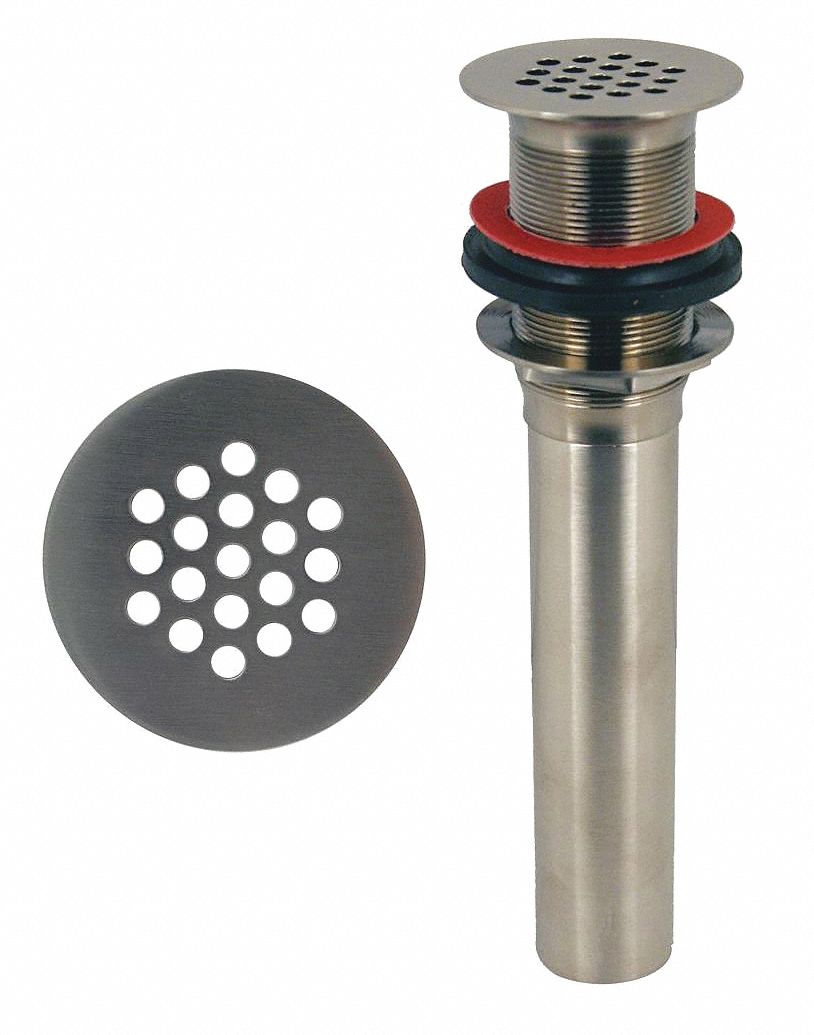






/sink-drain-trap-185105402-5797c5f13df78ceb869154b5.jpg)

:max_bytes(150000):strip_icc()/how-to-install-a-sink-drain-2718789-hero-24e898006ed94c9593a2a268b57989a3.jpg)


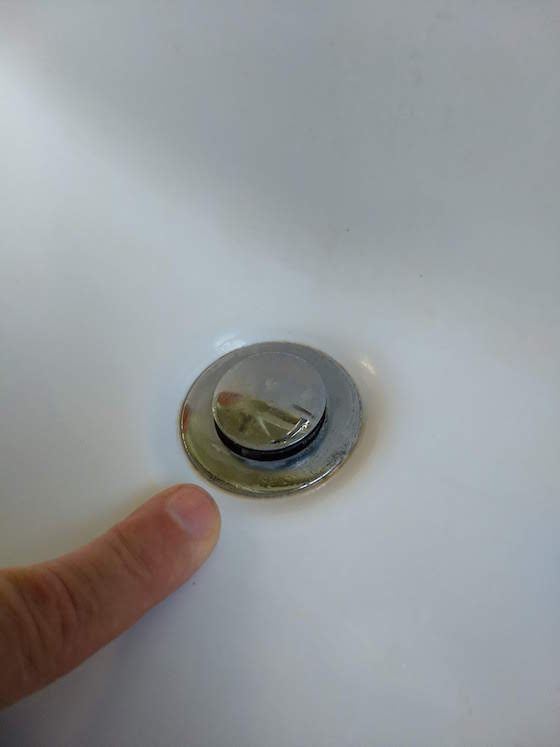


























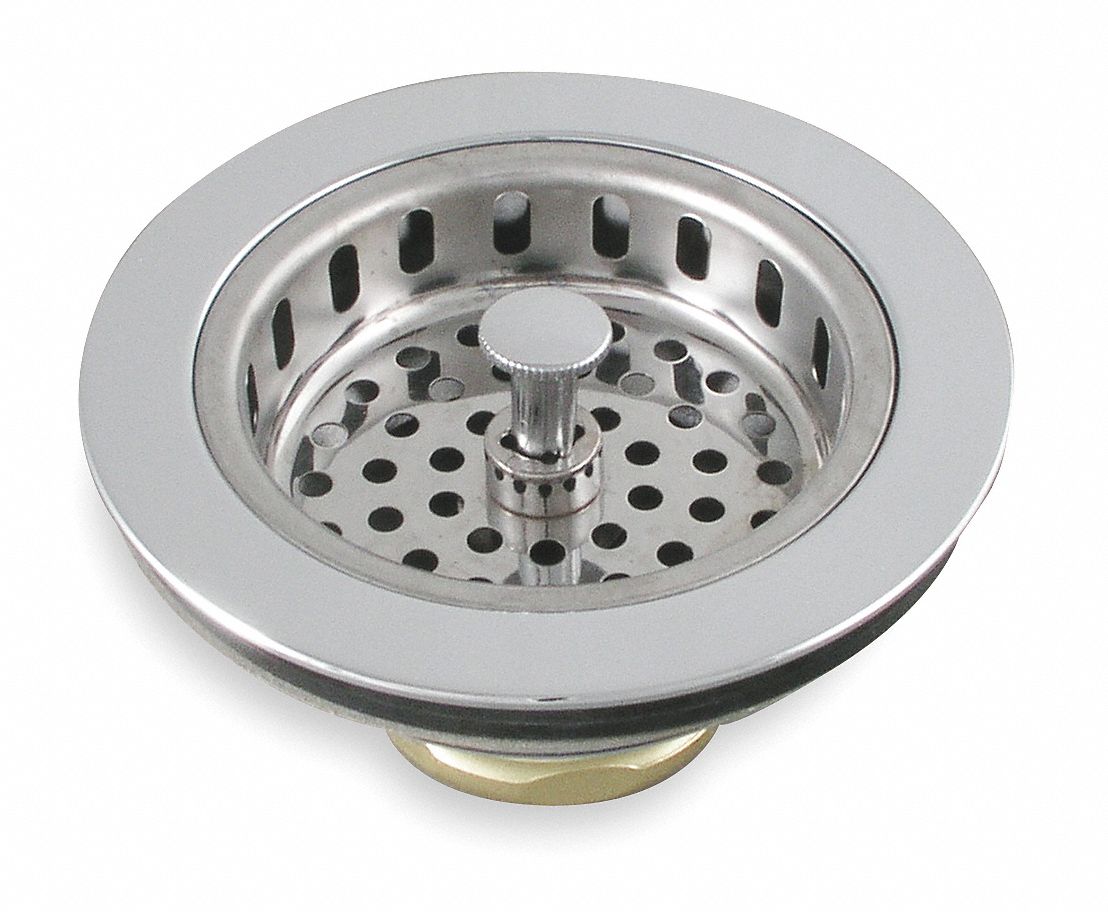







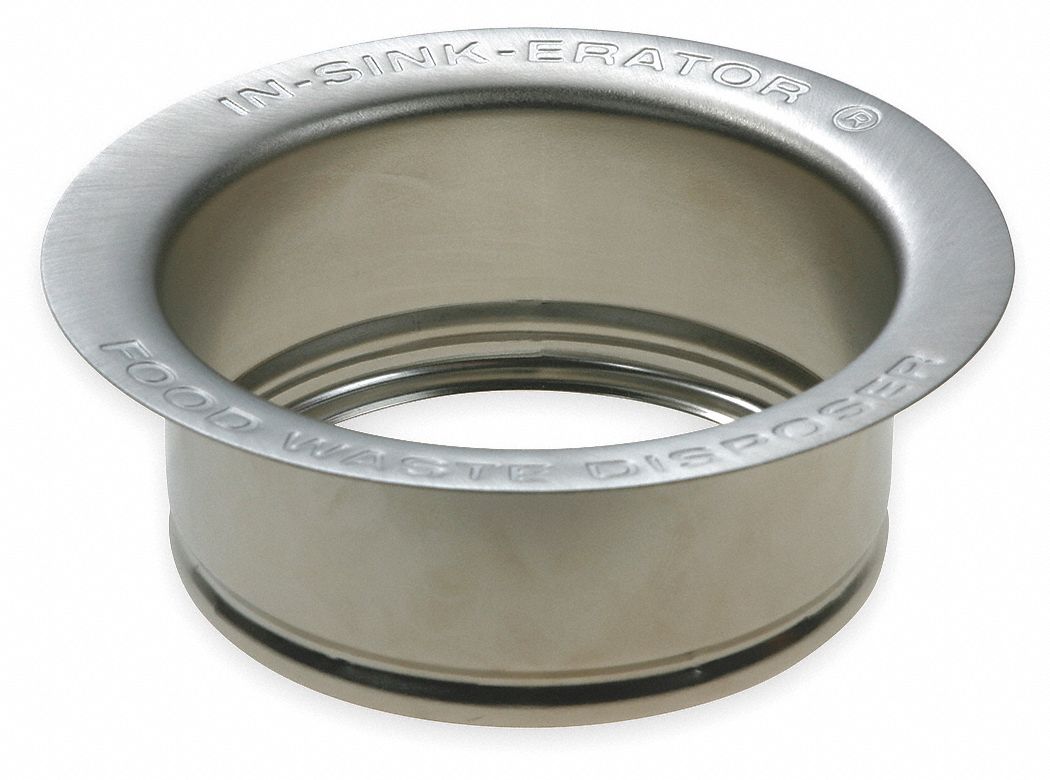


















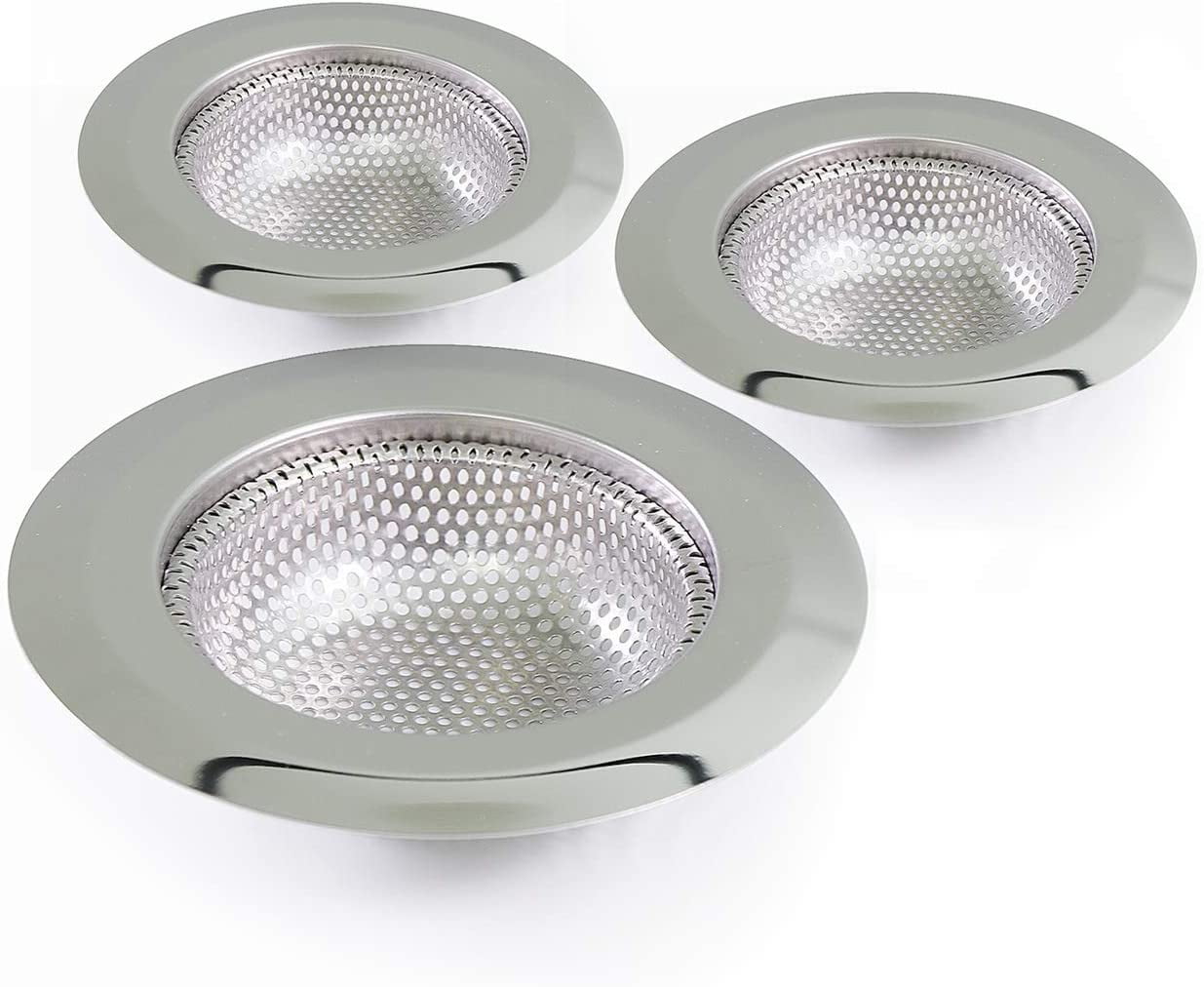














/sink-drain-trap-185105402-5797c5f13df78ceb869154b5.jpg)
:max_bytes(150000):strip_icc()/replacing-a-sink-p-trap-2718773-hero-f3f65fbc400e41438c4d8280de025fc6.jpg)













